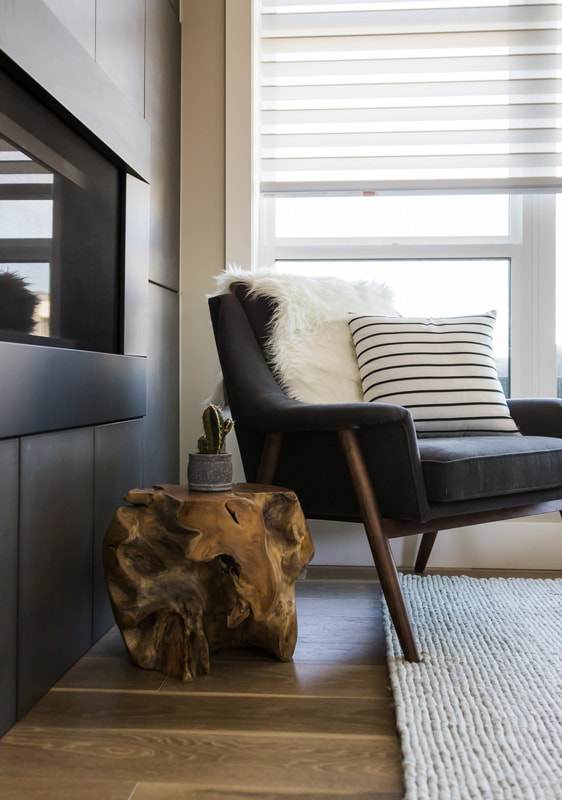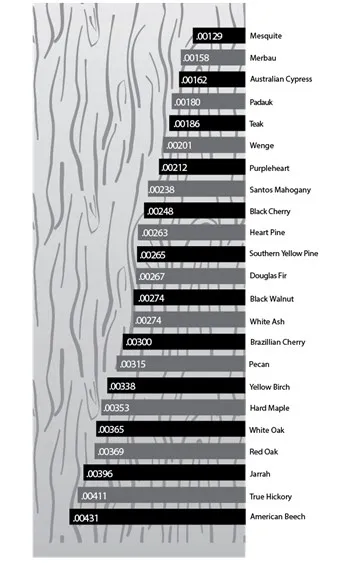Keeping the heat and humidity levels in your home in check is crucial if you want to protect your hardwood floors. Hardwood floors are susceptible to gapping, warping, and cracking if the air in your home is too dry or too humid. As a homeowner, designer, or builder, it’s essential to know the difference between humidity and relative humidity, which species of hardwood floors are more vulnerable to gapping, and the ideal temperature and humidity to keep in your home. This hardwood flooring Winter guide provides tips and tricks for maintaining heat and humidity levels in your home and keeping your hardwood floors in pristine condition.
Humidity vs. Relative Humidity
Humidity refers to the amount of water vapour present in the air. Relative humidity, on the other hand, is the ratio of water vapour in the air to the amount of water vapour the air can hold at a particular temperature. Your hardwood floors are affected by relative humidity. When the humidity levels in the air are low, the moisture from your hardwood floors evaporates into the air, causing gaps and cracks to form. Conversely, when the humidity levels are high, your floors can absorb excess moisture, resulting in cupping and warping.
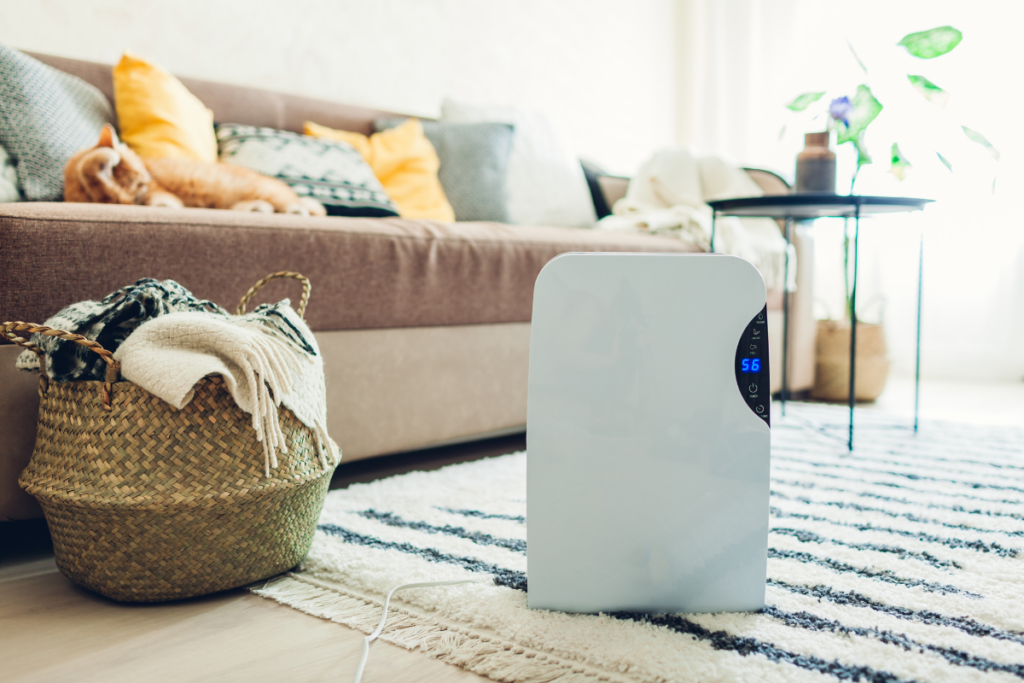
Hardwood Floor Species
To maintain the integrity of your hardwood floors, it’s essential to understand the species of wood you have. Some hardwood floor species are more prone to gapping than others. For instance, oak, hickory, and maple are known to shrink and expand significantly with changes in humidity levels, leading to gaps and cracks. Brazilian cherry, on the other hand, is considered a more stable hardwood species. It’s best to consult with a professional to determine the best course of action for your specific hardwood floor species.
Below is a dimensional change co-efficient wood chart. This shows the volatility in hardwood species from least volatile at the top to most volatile at the bottom.
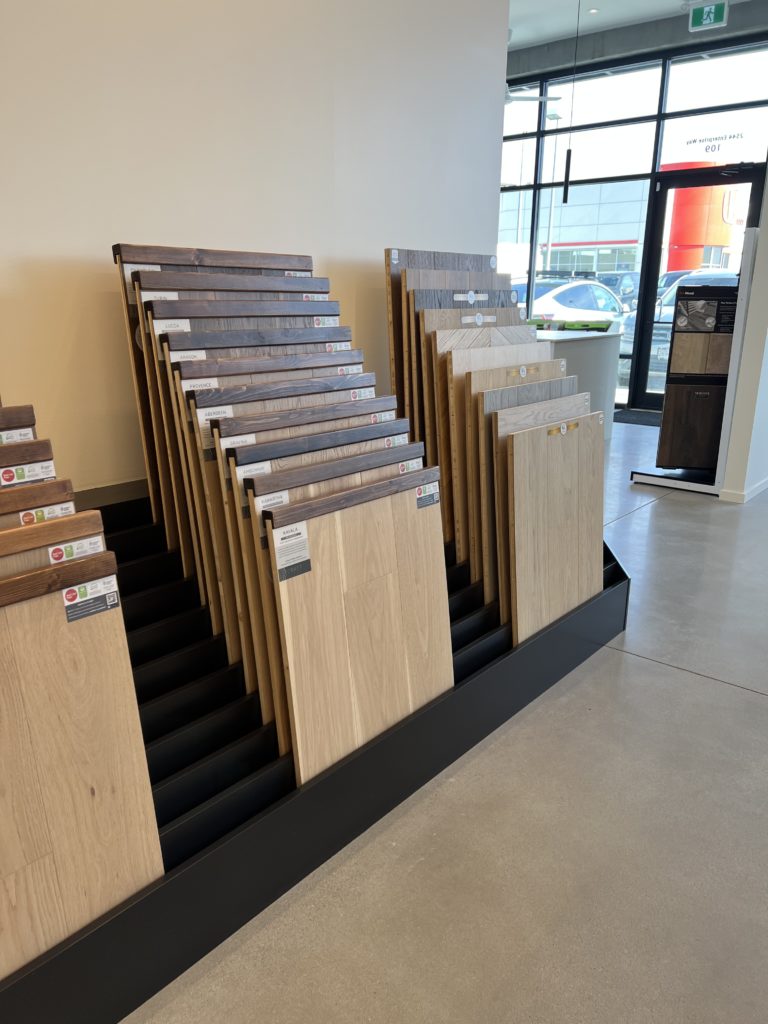
Ideal Temperature and Humidity Levels
The ideal temperature and humidity levels for your home depend on several factors, including your location, the season, and the type of heating system you have. However, a good rule of thumb is to keep the temperature in your home between 15 and 26 degrees celsius and the relative humidity levels between 30% and 50%. You can use a humidifier to add moisture to the air during the winter season when humidity levels are low, or an air conditioner to reduce humidity levels during hot and humid summer months.
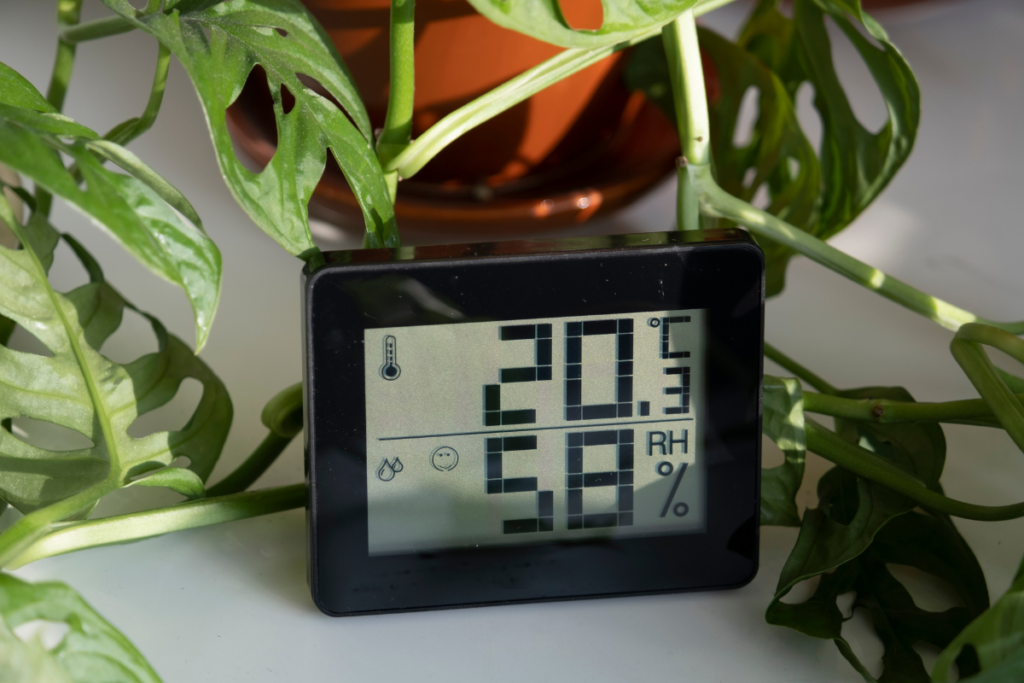
Other Tips for Maintaining Heat and Humidity Levels
Aside from controlling the temperature and humidity levels, you can take several measures to ensure your hardwood floors remain in great condition. For instance, use floor mats in high-traffic areas to catch dirt and debris. Clean your hardwood floors regularly using a vacuum cleaner or a soft-bristled broom. Avoid dragging heavy furniture and objects across your floors, which can damage the finish and cause scratches.
To read more about maintaining your hardwood check out or blog post HERE
Maintaining the heat and humidity levels in your home is essential to preserving your hardwood floors’ appearance and longevity. Whether you’re a homeowner, builder, or designer, understanding the difference between humidity and relative humidity, the species of hardwood floors that are more prone to gapping, and the ideal temperature and humidity levels can help you protect your investment. Remember to consult with a professional to determine the best course of action for maintaining your hardwood floors and take proactive measures to keep them looking great for years to come.
Want to see some amazing products? Just click HERE

